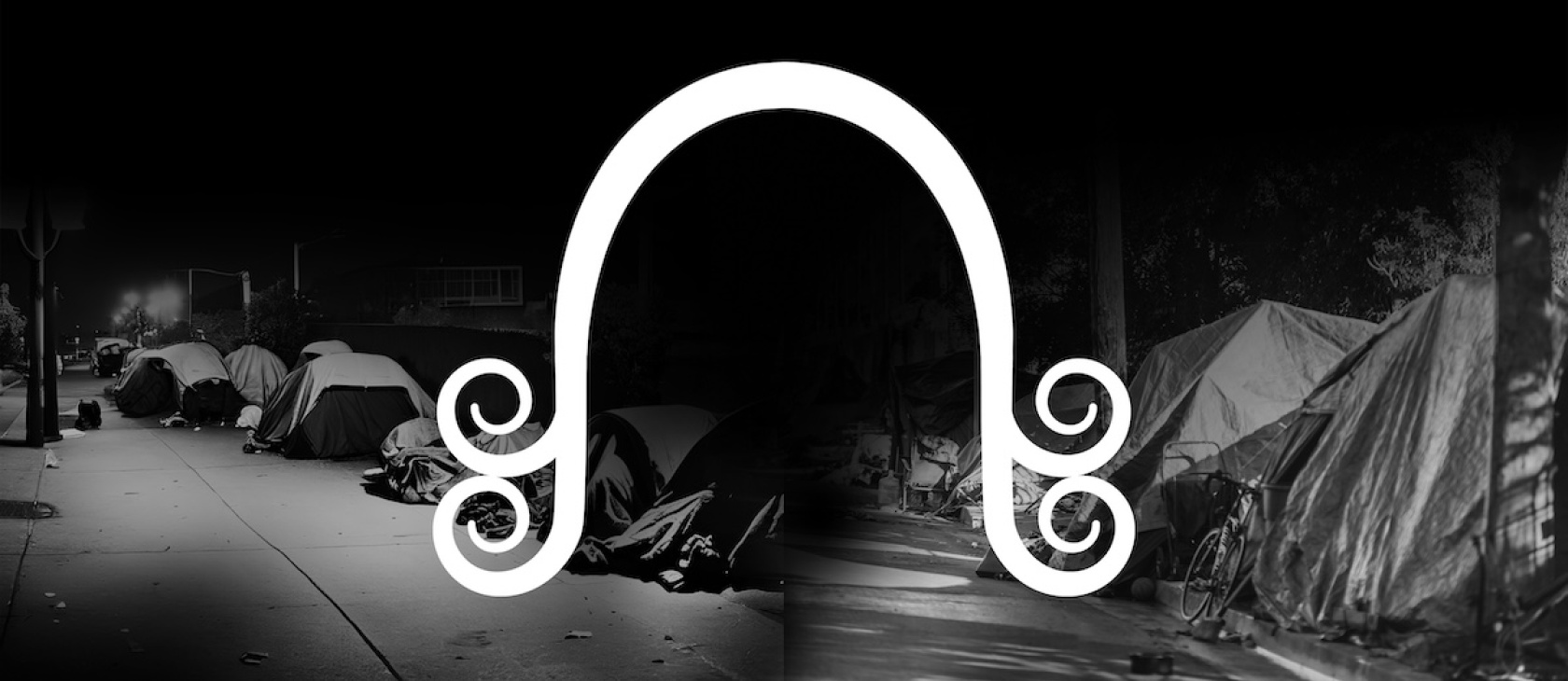


When Thomas Sargent won the Nobel Prize in Economics in 2011, the title of his Prize Lecture was “The United States Then, Europe Now.” In the lecture, Sargent compared the then-ongoing European Sovereign Debt Crisis (or “Eurozone Crisis”) to the sovereign debt crisis state governments faced during the Panic of 1837.
Now, 13 years after the European Debt Crisis, state governments face unsustainable debt and dependence on federal funds. As June is the last month of the fiscal year for most states, now is an important time to reflect on the lessons from Europe’s fiscal crises in the previous decade, as well as here in the United States. These may provide insights into the coming state fiscal crises.
The European Sovereign Debt Crisis
Much ink has been and is still being spilled over the causes and consequences of the Eurozone Crisis. Prior to the crisis, the creation of the Euro in the late 1990s required member states to adopt a single monetary policy set by the European Central Bank (ECB). This led to major divergences among member states, such as economic growth and inflation, especially due to institutional differences. The ECB also set an interest rate policy that incentivized Northern EU member states to loan to Southern EU member states.
It is important to note that, at the time, the EU Member States were bound to the Stability and Growth Pact (SGP), which limited the amount of debt and the size of budget deficits. The SGP constraints, however, went practically unenforced. By 2009, when the crisis began, numerous EU member states had debt-to-GDP ratios well above 50 percent and deficit-to-GDP ratios of at least 3 percent, clearly out of the compliance window of the SGP and placing massive strain on government budgets.
When the Great Recession occurred, several EU member-states (Greece, Portugal, Italy, Spain, and Cyprus) were unable to repay or refinance their government debt, or bailout private debt with taxpayer funds. They required the assistance of other EU member states, the ECB, or the International Monetary Fund (IMF).
Greece, the member state in the worst condition, disclosed in October 2009 that budget deficits were much larger than previously reported. Greece received an EU-IMF bailout package (despite a “no bailout” clause in the EU Treaty) in May 2010 on the condition that Greece enact fiscal austerity measures and structural reforms.
Europe is still reeling from the effects of the Eurozone Crisis. Research shows that, while still positive, economic growth in the EU has remained sluggish compared to the US. For instance, France’s GDP per capita exceeded that of Arkansas, the third poorest state, in the lead-up to the Great Recession. But in the early 2010s, France slowed down while Arkansas began to catch up, eventually surpassing France in GDP per capita starting in 2015. France has yet to catch up.
France is not an outlier. When EU member states and US states are ranked by GDP per capita, 81 percent of EU member states fall into the bottom half of the distribution, while at most 16 percent of EU member states make it into the top half of the distribution.The Eurozone Crisis and its fallout serve as harsh lessons for State governments.
Some Points of Comparison
Before going on about the similarities between EU members and US states, it’s important to note some differences. First, while there are institutional differences between US states, there is much less institutional variance between US states than between EU Member States. This is due to the “Guarantee Clause” of Article IV Section 4 of the US Constitution, which as the name suggests, guarantees “to every State in this Union a Republican Form of Government.” Many states have modeled their constitution on the federal constitution as well.
While states can have some variance in policies (thanks to the Tenth Amendment) resulting in differing outcomes, the variance has diminished due to intergovernmental transfers. Philip Hamburger calls this the “transactional mode of control” in which the federal government uses the terms and conditions of federal funding to shape policy. “There’s a very great danger,” Hamburger comments, “that all institutions will end up being aligned under centralized control [due to the influence of federal transfers and regulations].”
Another difference, which may appear fortuitous at first glance, is the scarcity of budget deficits among the states. If state capital expenditures are included, 15 states have budget deficits. Of those 15 states, only four states (Oregon, Alaska, Arizona, and Wisconsin) have deficit-to-GDP ratios greater than 3 percent.
Furthermore, total debt (including unfunded liabilities from promised benefits to retired public employees) for state governments still averages below 100 percent of GDP. Even Hawaii, the state with the largest total debt-to-GDP ratio is at 86 percent with a budget deficit of less than 0.4 percent. At first glance, the situation in the 50 states appears better than many of the EU member states in 2009.
Upon further examination, unfortunately, many of the state surpluses are heavily dependent on federal funds. Federal funds make up 38 percent of the average state budget. South Dakota (50 percent), Michigan (51 percent), and Louisiana (51.2 percent) are the states most heavily dependent on federal funds. Apart from Wyoming, federal funds make up at least a quarter of all spending in every state. As Peter Earle and I discussed in a recent piece, increased strains on the federal budget will inevitably lead to cuts to state transfer payments, resulting in state governments scrambling to cover billion-dollar funding shortfalls. State policymakers will then very likely finance those budget shortfalls with debt to avoid political backlash.
Much like Greece, Illinois faces massive amounts of government debt and the financial markets have little trust in their ability to pay it back.
Finally, many states have already started to experience budget shortfalls and project budget deficits in the fiscal year ahead. For example, California faced a $32 billion deficit last year and anticipates a $58 billion deficit in FY 2025 (starting July 1 of this year). The state of Illinois is projecting a cumulative budget deficit of $2.3 billion over the next four fiscal years. With less federal dollars and massive amounts of debt, those home-grown budget shortfalls will likely lead to a fiscal crisis.
Illinois: America’s Greece
If it is not already, Illinois should be of special concern to policymakers. Much like Greece, Illinois faces massive amounts of government debt and the financial markets have little trust in their ability to pay it back. The Land of Lincoln faced 21 credit downgrades from 2009 through 2017. It held the spot for “Worst Credit Rating” among the 50 states with a BBB-/Baa2 from the big three credit rating agencies until 2023, when the big three rating agencies raised their respective ratings to A-/A3. Despite the credit rating upgrade, it is still one of the worst-rated states in the country.
Despite having a below-average dependence on federal funds (27 percent of all expenditures come from federal funds), the Land of Lincoln has a reputation for being poorly managed and plagued by corruption, much like Greece in the lead-up to the Eurozone crisis. Research shows that Illinois averages one federal corruption conviction a week and the state frequently ranks as the second-most corrupt state in the nation (based on federal corruption convictions). This corruption costs Illinois residents an estimated $550 million per year. While Chicago ranks as the most corrupt city in the United States, the Windy City is not an outlier skewing the state’s ranking. Local officials, such as the former mayor of Dolton, Illinois, have been the subject of FBI corruption investigations. At the state level, four of the past 10 governors went to prison, and the former Speaker of the Illinois House is currently awaiting trial on federal racketeering and bribery charges.
This casts doubt on state leaders’ ability to properly manage state spending. Investors see the debt increases as payments for corruption, not additional public services. Unfunded pension liabilities continue to plague Chicago and the state at large. Depending on how these liabilities are measured, the state of Illinois owes between $144 billion and $468 billion in promised pension benefits. Combined with the $73 billion to $142 billion in unfunded Other Post-Employment Benefit Liabilities (such as public employee retiree healthcare) and the $58 billion in outstanding bonds, debt takes up as much as 61 percent of state GDP.
In the economic downturn of 2020, Illinois faced economic collapse. Despite the CARES Act’s enactment on March 27, 2020, Illinois state senators sent a letter to Congress begging for a federal bailout. This letter was sent after Illinois received CARES funds as well as additional funds from the Federal Reserve’s Municipal Liquidity Facility, which allowed Illinois to borrow from the Fed at interest rates well below market. This plea for additional dollars prompted some in the US Senate to suggest creating a bankruptcy chapter for US states instead of additional bailouts.
While Illinois did not have to face bankruptcy, it received plenty of bailouts from the federal government. In October of 2022, Governor Pritzker stated during his 35th consecutive declaration of emergency that he was doing so to keep getting additional federal funds for food stamps and Medicaid. Governor Pritzker would go on to declare a total of 41 emergencies in order to maximize the amount of federal dollars transferred to the state.
To make matters worse, none of the federal funds or loans from the Federal Reserve required Illinois to make any changes to fiscal policy or lower its debt levels. Four years after that 2020 letter to Congress, it’s clear that federal bailouts have only enabled bad behavior.
The COVID-19 pandemic worsened an already alarming trend of residents and businesses fleeing Illinois, making it the third-largest state for net outmigration. The billions of dollars in spending and debt will be placed on a shrinking population of families and businesses. When politicians in Springfield can no longer tax and borrow, they will write to DC and/or the Fed asking for even more bailouts.
A Wake-Up Call for Federal and State Leaders
To avoid mimicking a Eurozone Crisis, reforms need to occur at all levels of government. As Vance Ginn and I have explained elsewhere, institutional constraints on spending, printing money, and issuing debt will help reign in fiscal policy at the federal level.
Similar constraints will work for the states. The Taxpayer’s Bill of Rights (TABOR) Amendment in Colorado can serve as a guide for states looking for strong constitutional constraints on taxes and spending.
TABOR has revenue and expenditure limitations that apply to state and local governments. The revenue limitation applies to all tax revenue, prevents new taxes and fees, and must be overridden by popular vote. Expenditures are limited to revenue from the previous year plus the rate of population growth plus inflation. Any revenue above this limitation must be refunded with interest to Colorado citizens.
Research shows that if Illinois had passed a TABOR amendment in 1992 like Colorado, the state government would have spent $16.6 billion less over the past 30 years than it did without a TABOR.
The good news is that states, Illinois included, still have some time to reform spending. The bad news is that time is rapidly running out.









